Parke's process, used in desilverisation of lead, based on the :
(a)Different melting point
(b)Different adsorption power
(c)Different wetting properties
(d)Distribution Law
Different melting point
Different adsorption power
Different welting properties
Distribution Law
To solve the question regarding the Parkes process used in the desilverization of lead, we will analyze the options provided and understand the underlying principles of the process.
1. Understanding the Parkes Process:
The Parkes process is a method used for the removal of impurities, specifically silver (Ag) and gold (Au), from lead. The lead that contains these impurities is referred to as argentiferous lead.
2. Addition of Zinc:
In the Parkes process, zinc metal is added to molten lead. When heated, a two-phase system is created. Zinc does not dissolve in molten lead, which is a crucial property for this process.
3. Formation of Compounds:
Upon stirring the molten lead with zinc, the zinc reacts with the impurities (silver and gold) to form compounds. This reaction is favored because silver is significantly more soluble in molten zinc compared to lead.
4. Separation of Impurities:
After the reaction, the zinc and the formed compounds rise to the surface and create a crust over the molten lead. Upon cooling, this crust can be easily removed, effectively separating the impurities from the lead.
5. Principle of Distribution Law:
The Parkes process operates based on the Nernst distribution law, which states that a solute will distribute itself between two immiscible solvents in a way that is proportional to its solubility in each solvent. In this case, the solute (impurities) is much more soluble in zinc than in lead, which facilitates their removal.
6. Conclusion:
Given the above explanations, the Parkes process is primarily based on the principle of distribution law, as it involves the distribution of silver and gold between the two immiscible phases of lead and zinc.
Answer:
The correct answer is (d) Distribution Law.
---
The Parkes process is a method used for the removal of impurities, specifically silver (Ag) and gold (Au), from lead. The lead that contains these impurities is referred to as argentiferous lead.
In the Parkes process, zinc metal is added to molten lead. When heated, a two-phase system is created. Zinc does not dissolve in molten lead, which is a crucial property for this process.
Upon stirring the molten lead with zinc, the zinc reacts with the impurities (silver and gold) to form compounds. This reaction is favored because silver is significantly more soluble in molten zinc compared to lead.
After the reaction, the zinc and the formed compounds rise to the surface and create a crust over the molten lead. Upon cooling, this crust can be easily removed, effectively separating the impurities from the lead.
The Parkes process operates based on the Nernst distribution law, which states that a solute will distribute itself between two immiscible solvents in a way that is proportional to its solubility in each solvent. In this case, the solute (impurities) is much more soluble in zinc than in lead, which facilitates their removal.
Given the above explanations, the Parkes process is primarily based on the principle of distribution law, as it involves the distribution of silver and gold between the two immiscible phases of lead and zinc.
The correct answer is (d) Distribution Law.
Topper's Solved these Questions
- GENERAL PRINCIPLES AND PROCESSES OF ISOLATION OF ELEMENTSBook:AAKASH INSTITUTE ENGLISHChapter:GENERAL PRINCIPLES AND PROCESSES OF ISOLATION OF ELEMENTSExercise:Try Yourself
Explore 33 Videos
- GENERAL PRINCIPLES AND PROCESSES OF ISOLATION OF ELEMENTSBook:AAKASH INSTITUTE ENGLISHChapter:GENERAL PRINCIPLES AND PROCESSES OF ISOLATION OF ELEMENTSExercise:Subjective Type Questions
Explore 8 Videos
- GENERAL PRINCIPLES AND PROCESSES OF ISOLATION OF ELEMENTSBook:AAKASH INSTITUTE ENGLISHChapter:GENERAL PRINCIPLES AND PROCESSES OF ISOLATION OF ELEMENTSExercise:Assignment (Section-D) Assertion-Reason Type Question
Explore 15 Videos
- HALOALKANES AND HALOARENES Book:AAKASH INSTITUTE ENGLISHChapter:HALOALKANES AND HALOARENES Exercise:ASSIGNMENT SECTION -D
Explore 15 Videos
Similar Questions
Monozygotic twins develops from
(a) Different zygotes
(b) Different ova
(c) Different sperms
(d) Same zygote
View SolutionFind the potential difference between points B and D in the figure below.
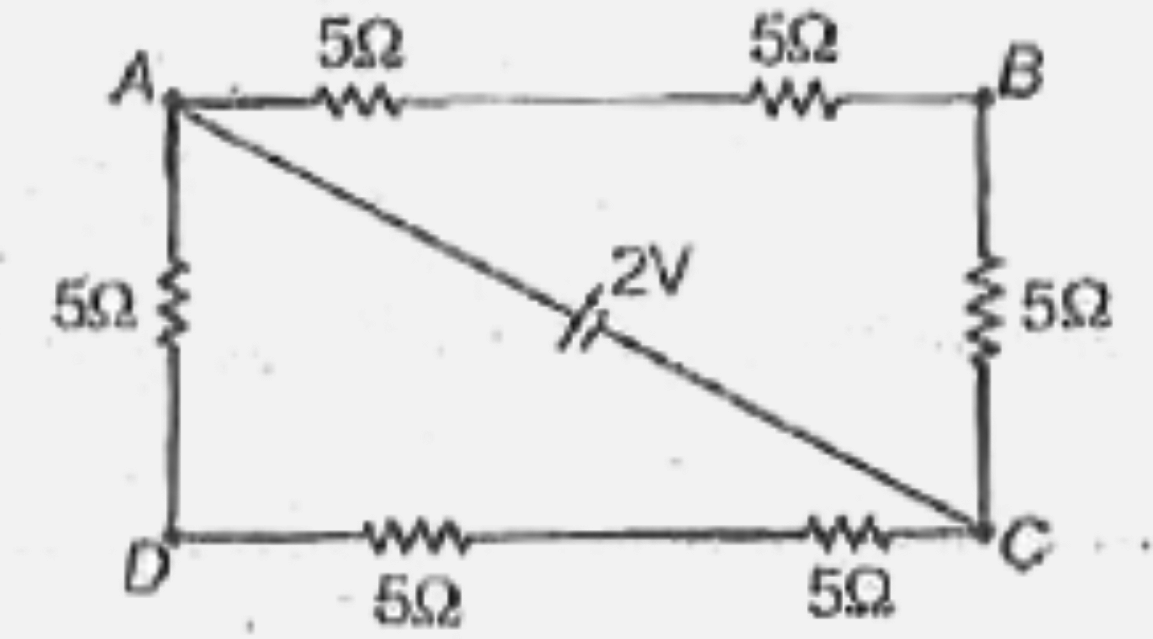
View SolutionFour vessels A, B, C and D have different shapes and hold different amount of water. Which of the following is correct.
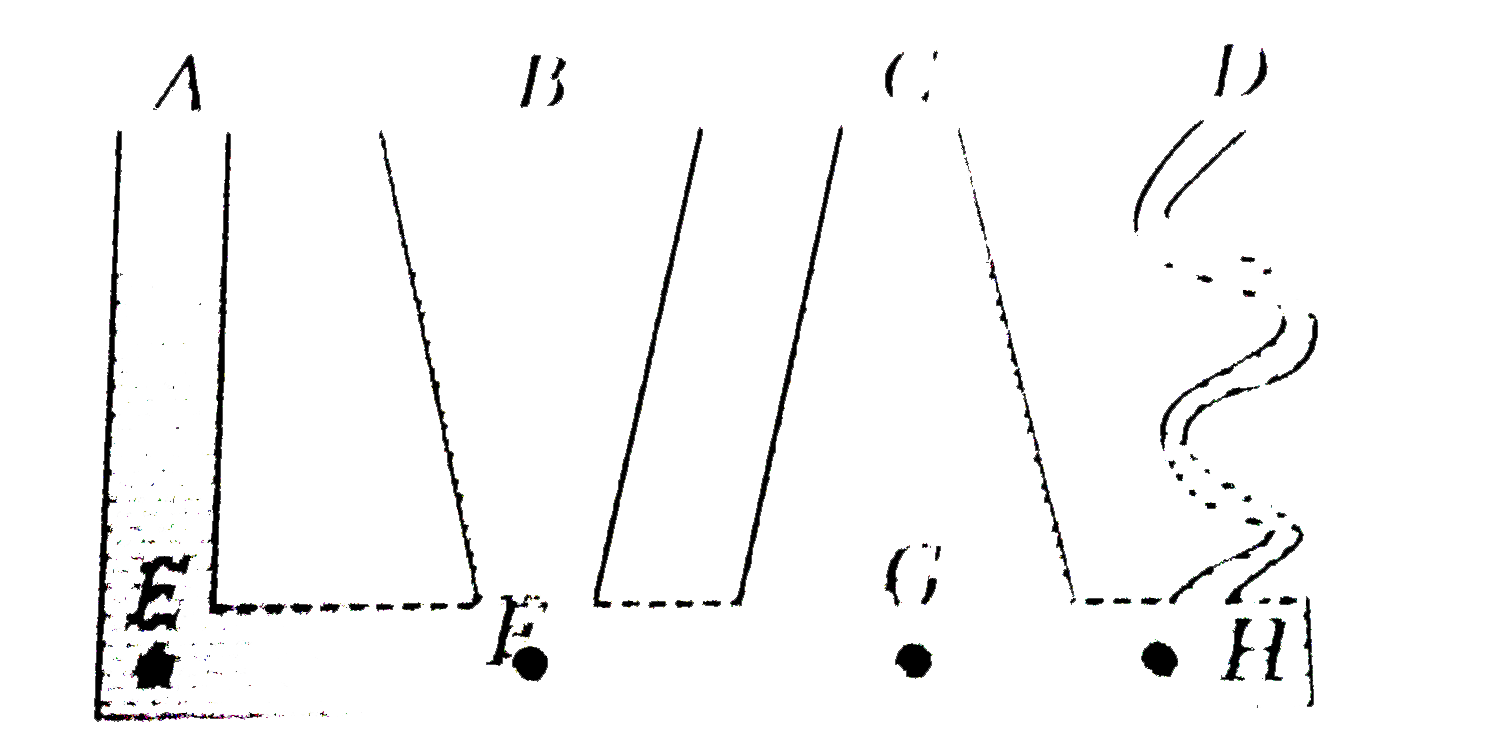
View SolutionHow do you account for the difference in melting points between (a) and (b) between (c ) and (d) and between these two differences ?
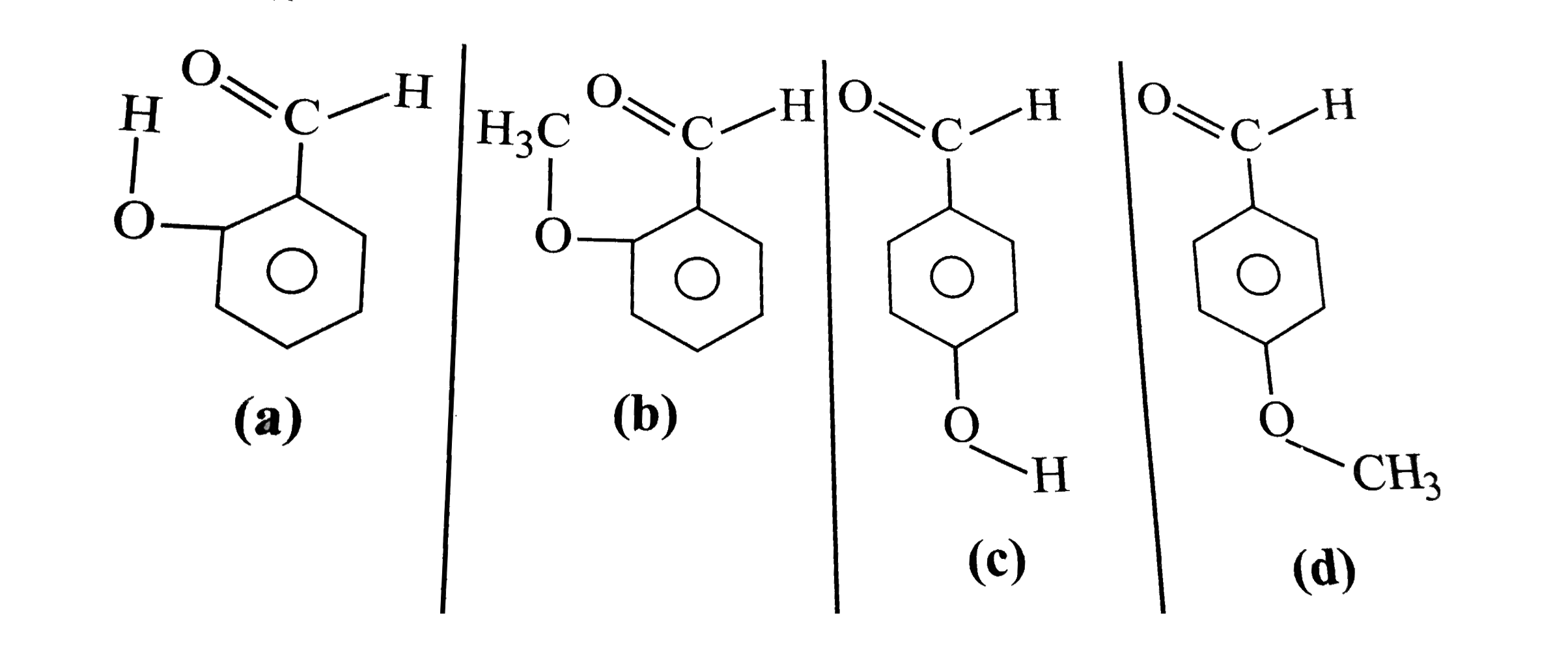 .
.
View SolutionAlleles are: (A) true breeding homozygotes (B) different molecular forms of a gene (C) heterozygotes (D) different phenotypes
View SolutionThe sharp melting point of crystalline solids compared to amorphous solids is due to
a) a regular arrangement of constituent particles observed over a short distance in the crystal lattice.
b) a regular arrangement of constituent particles observed over a long distance in the crystal lattice.
c) Same arrangement of constituent particles in different directions.
d) Different arrangement of constituent particles in different directions.
View SolutionA combination of capacitors given is charged by a cell of emf E as shown :
If it is given that Vab i.e. potential difference between points a and b is 4V, then answer the given questions.
Potential difference between points d and a will be :
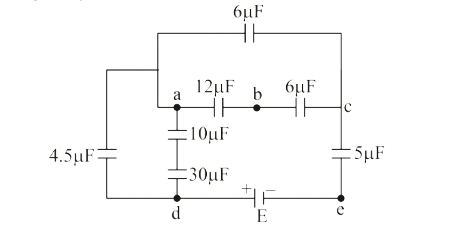
View SolutionThe following diagrams A, B, C, D and E show the different types of arrangement of stamens based on the cohesion of their part in different plants. Assign the stamens to their respective plants. Choose the correct answer
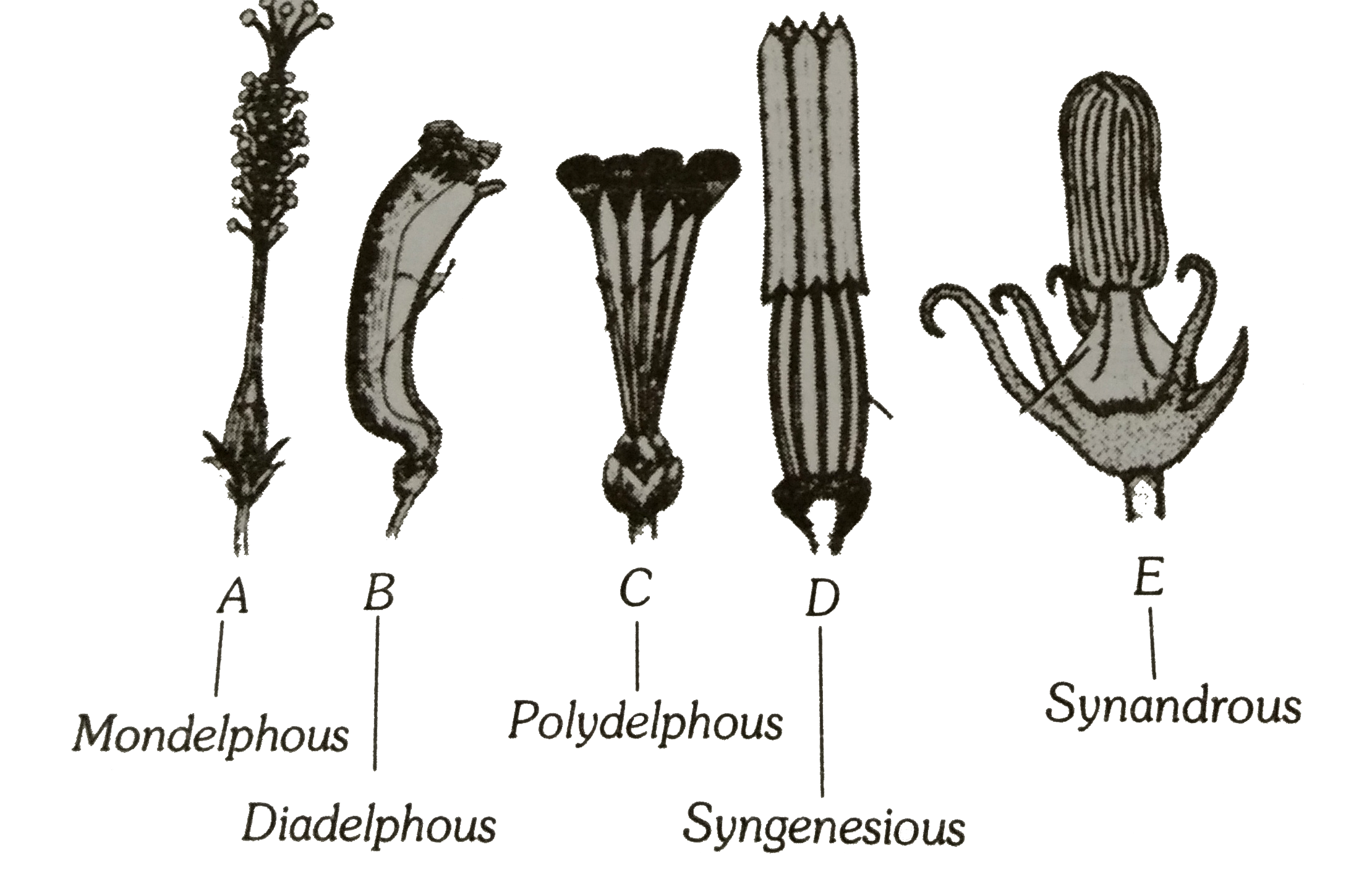
View SolutionIn the figure of mammalian spermatozoan, identify the different parts marked as A, B, C, D

View SolutionA capacitance C, a resistance R and an emf (ε)are connected in series at t=0.What is the maximum value of (a) the potential difference across the resistor, (b) the current in the circuit,(c )the potential difference across the capacitor, (d) the energy stored in the capacitor ,(e)the power delivered by the battery and (f) the power converted int heat.
View Solution